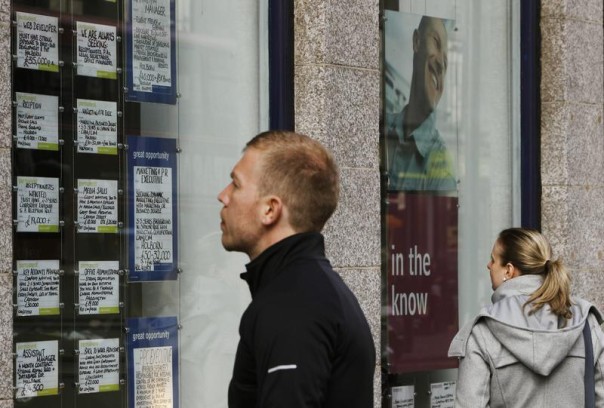Government Grants
Business Grants
Home Owner Programs
Federal Programs
About Us
NOT A REQUEST FOR APPLICATIONS- Badlands National Park Centennial Design Studio- NOT A REQUEST FOR APPLICATIONS
The Cedar Pass Developed Area (Cedar Pass) within Badlands National Park (BADL) is a historic designed landscape that contains the bulk of development in the park, including the visitor center, a campground, a lodge (restaurant), cabins, and numerous trails and roads.
The cultural landscape includes early tourism development from the 1930s, New Deal era Resources, and was completed under the Mission 66 program of the National Park Service (NPS) in the 1960s.
Cedar Pass was deemed eligible for listing on the National Register of Historic Places (NRHP) as a district in 200 5. Currently, Cedar Pass does not meet visitor needs, sustainability, or accessibility requirements, thus a planning and management framework is needed to focus on new design alternatives to enhance visitor experience, minimize visitor impacts, and protect historic character and natural resources of and within the cultural landscape.
To address these needs, this project proposes to use graduate students from the University of Texas at Austin School of Architecture through a multi-disciplinary (historic preservation, landscape architecture, architecture, and planning) design studio.
The studio will be led by Associate Professor Michael Holleran and Assistant Professor Benjamin Ibarra through the CSD, with assistance from staff of the Lady Bird Johnson Wildflower Center as a subcontract to the project and is planned for the fall semester of 2015 (with design support scheduled from summer 2015 and spring 2016).
This plan will address deficiencies and impacts caused by visitor use, use levels, types of use, areas of impact, and timing while providing design alternatives as solutions.
Physical and programmatic accessibility deficiencies within buildings and the surrounding landscape will be studied and tied to larger visitor use issues.
The project will also incorporate the Sustainable Sites Initiative (SITES) and LEED rating systems, as all proposed work will be planned responsibly.
The project supports NPS Call to Action items 22 (Scaling Up), 23 (Go Green), and 25 (What’s Old is New) by developing a product that will guide planning and future building practices in a historic district and promote a sustainable and accessible cultural landscape that supports positive visitor use and experience.
The project will engage American’s you through the use of student designers at the University- level.
The cultural landscape includes early tourism development from the 1930s, New Deal era Resources, and was completed under the Mission 66 program of the National Park Service (NPS) in the 1960s.
Cedar Pass was deemed eligible for listing on the National Register of Historic Places (NRHP) as a district in 200 5. Currently, Cedar Pass does not meet visitor needs, sustainability, or accessibility requirements, thus a planning and management framework is needed to focus on new design alternatives to enhance visitor experience, minimize visitor impacts, and protect historic character and natural resources of and within the cultural landscape.
To address these needs, this project proposes to use graduate students from the University of Texas at Austin School of Architecture through a multi-disciplinary (historic preservation, landscape architecture, architecture, and planning) design studio.
The studio will be led by Associate Professor Michael Holleran and Assistant Professor Benjamin Ibarra through the CSD, with assistance from staff of the Lady Bird Johnson Wildflower Center as a subcontract to the project and is planned for the fall semester of 2015 (with design support scheduled from summer 2015 and spring 2016).
This plan will address deficiencies and impacts caused by visitor use, use levels, types of use, areas of impact, and timing while providing design alternatives as solutions.
Physical and programmatic accessibility deficiencies within buildings and the surrounding landscape will be studied and tied to larger visitor use issues.
The project will also incorporate the Sustainable Sites Initiative (SITES) and LEED rating systems, as all proposed work will be planned responsibly.
The project supports NPS Call to Action items 22 (Scaling Up), 23 (Go Green), and 25 (What’s Old is New) by developing a product that will guide planning and future building practices in a historic district and promote a sustainable and accessible cultural landscape that supports positive visitor use and experience.
The project will engage American’s you through the use of student designers at the University- level.
Related Programs
Cooperative Research and Training Programs Resources of the National Park System
Department of the InteriorObtain Full Opportunity Text:
Not Available
Additional Information of Eligibility:
Only Gulf Coast CESU members are eligible.
Full Opportunity Web Address:
Contact:
Noel MillerGrants Management SpecialistPhone 402-661-1658
Agency Email Description:
noel_miller@nps.gov
Agency Email:
noel_miller@nps.gov
Date Posted:
2015-06-08
Application Due Date:
2015-06-12
Archive Date:
2015-07-12
Social Entrepreneurship
Spotlight
Change in the World of Work and Enterprise: Get Young People Into Work

The position young people are dealt with can be complex, and yet the entire economic system is still focused for an age that’s almost gone astray. The solution? Promoting social enterprise and getting these young people integrated into work.





